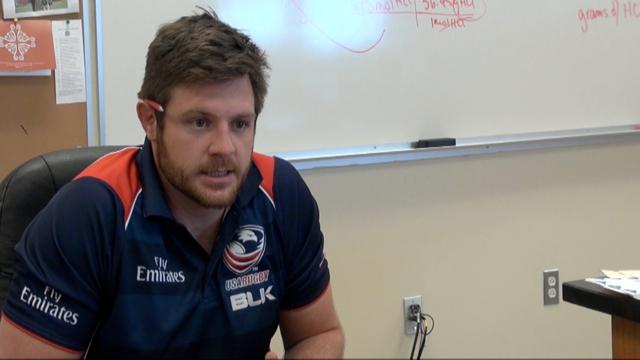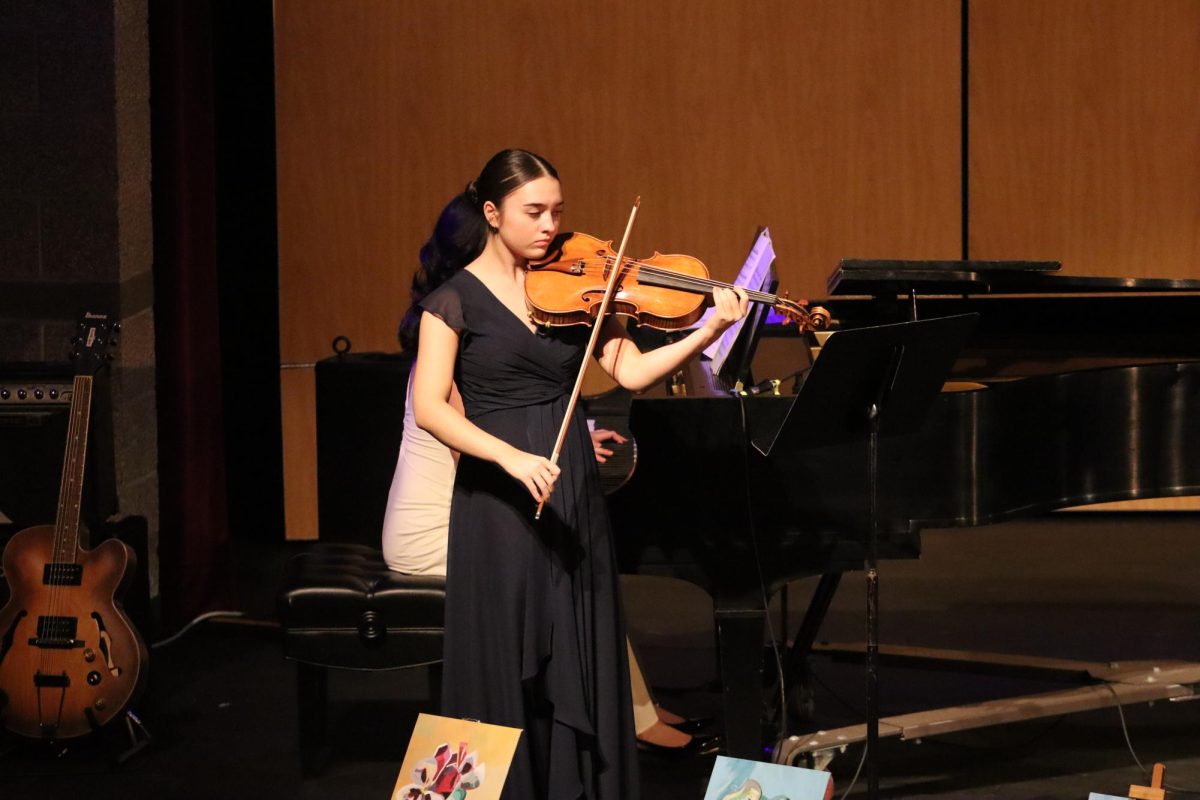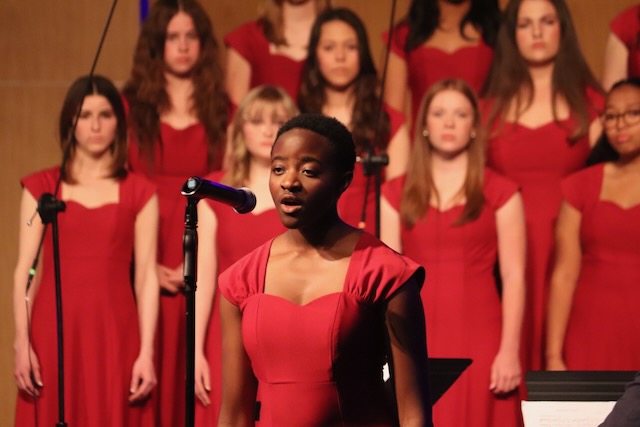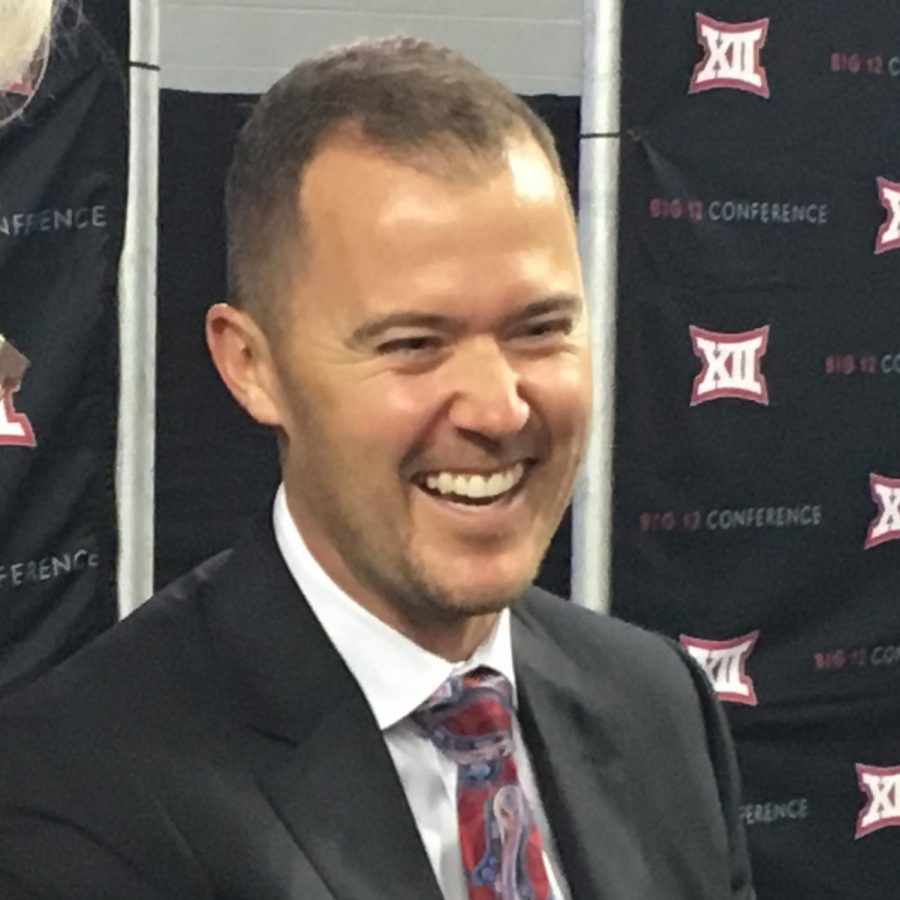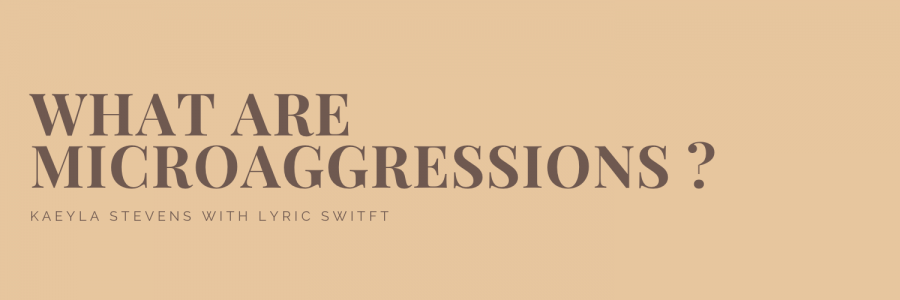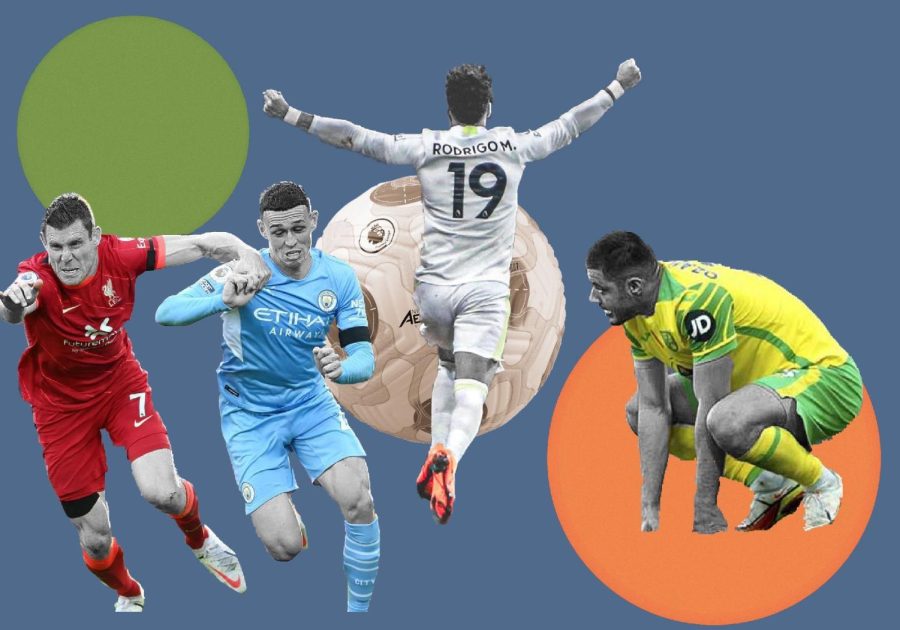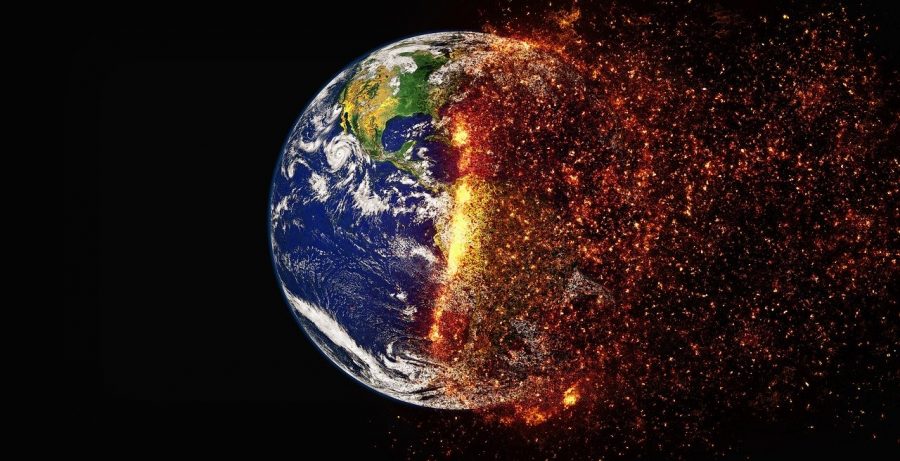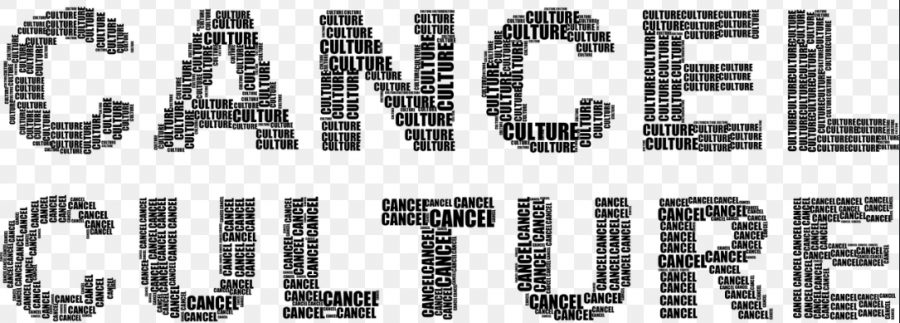On June 20th, 2018, Louis Vuitton held its annual Spring / Summer runway show. The event is held in Paris almost every year, featuring the same runway models and the same, conventional monogram. Although collections from previous years change slightly, everything has remained the same for the past century or so.
This year’s show, however, felt different.
Virgil Abloh, an African-American designer, DJ, and multi-faceted artist, took over as Louis Vuitton’s artistic director this past March after a year that redefined fashion. The success of his label Off-White, a “new breed” of a brand that blends streetwear and Avant-Garde design principles, gained him traction in the foreign landscape of hi-fashion. A year ago, an American streetwear icon would have considered the European fashion circle (with Louis Vuitton at the top of the food chain) “foreign territory”. Abloh, however, saw the untouchable landscape as a sea of uncharted waters that he was ready to explore. The word “orthodox” is not in his vocabulary.
Subsequently, his first fashion show with the dominant fashion house was anything but orthodox. He held the event outside at the Palais-Royale, designing a long, colorful strip of runway in a rainbow of bright tones, emblematic of the collection’s title “Colour Theory.” While the audience still seated the European fashion critics and gentility of seasons past, many of Abloh’s American friends, colleagues, and fellow influencers were in attendance as well.
Kanye West and Kim Kardashian, arguably the royal couple of western pop culture, sat front and center. In contrast, revered designers such as Kim Jones and Takashi Murakami sat only a few feet away. It was the greatest diversity Louis Vuitton had seen at a show, but they knew exactly what they were getting into upon Abloh’s hire.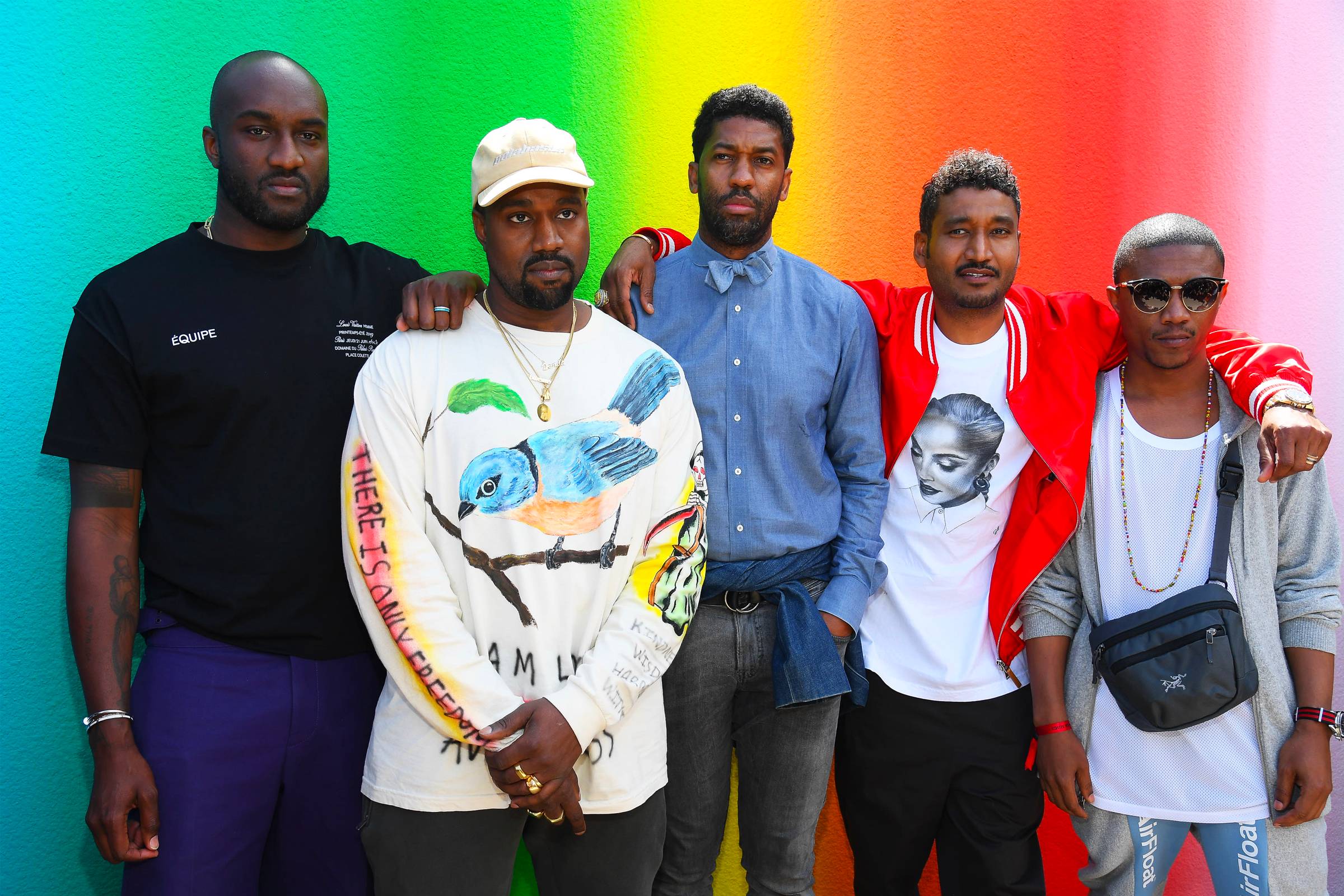 Although the audience and those behind the collection represented many different circles of fashion, it didn’t feel like there was any division among those in attendance. Rather, the group seemed to orchestrate, observe, and appreciate the show as one. Models walked the rainbow with a multi-genre tracklist in the background, placing trap music and classical music in the same, cohesive group.
Although the audience and those behind the collection represented many different circles of fashion, it didn’t feel like there was any division among those in attendance. Rather, the group seemed to orchestrate, observe, and appreciate the show as one. Models walked the rainbow with a multi-genre tracklist in the background, placing trap music and classical music in the same, cohesive group.
Virgil Abloh, and his vision for cultural reformation, went against the tradition of one of history’s most orthodox societies – and it worked. The strong sense of unity defied the authoritarian identity that Louis Vuitton worked for centuries to establish.
This cultural blend, pioneered by progressives like Abloh, points to a larger global process that’s happening as we speak. The commencement of universal media, taking place only in the last decade or so, has led to a vibrant blend of revivals. As outlandish as it sounds, a SoundCloud rapper that shows off his gucci collection is part of a romantic modernist movement sweeping our world.
Abloh’s unification of American streetwear and European luxury shows that fashion and, more importantly, expression, isn’t just for the upper class of Great Britain anymore. The event in Paris was streamed online, and for the first time, thousands of American teenagers watched a Louis Vuitton runway show unfold overseas. This is what brings the concepts home and back to every inch of western culture. This is why it matters.
From ASAP Rocky’s Dior ads to Jonah Hill’s relationship with Palace Skateboards, fashion finds a way to move through celebrities and influencers to the kids that can’t afford it. The modern self made individual is inspired by those successful enough to wear a new Stone Island top every day. The process of inspiration is simple – Drake’s 51.9 million Instagram followers see it every time he posts. Universalized influence enables high-end designers in Paris and Tokyo to inspire the next great American generation.

On top of embodying democracy, fashion is universal. Everyone wears clothes, and in a world that grows larger everyday, it becomes increasingly harder to develop a sense of self. Furthermore, humankind has spent the large majority of the last century focusing on innovation and furthering society in concrete ways. With this being said, it makes sense that a Renaissance of sorts would happen at this point in time. While the Italian Renaissance built foundation on classical works, modern America has the emotional, politically charged lyrics of contemporary music. Florence made the printing press, we made Instagram and Twitter.
In times lacking diversity and light, whether it’s a political or cultural crisis, history shows us that humans turns to art in an attempt to alter their perception of the world at large. With America being as divided and chaotic as it is, fashion and expression as a whole matters now more than ever. An understanding of one another is nothing without an understanding of oneself, and things as simple as the clothing we wear and the music we listen to allows us to tap into that.
Uniformity is a stagnant eddy in the moving stream of human progress. If everyone wore the same shirt and pants until the end of time, there would be no slate on which to build. Virgil Abloh and his influential peers show us that different, although it may seem risky, is good.

